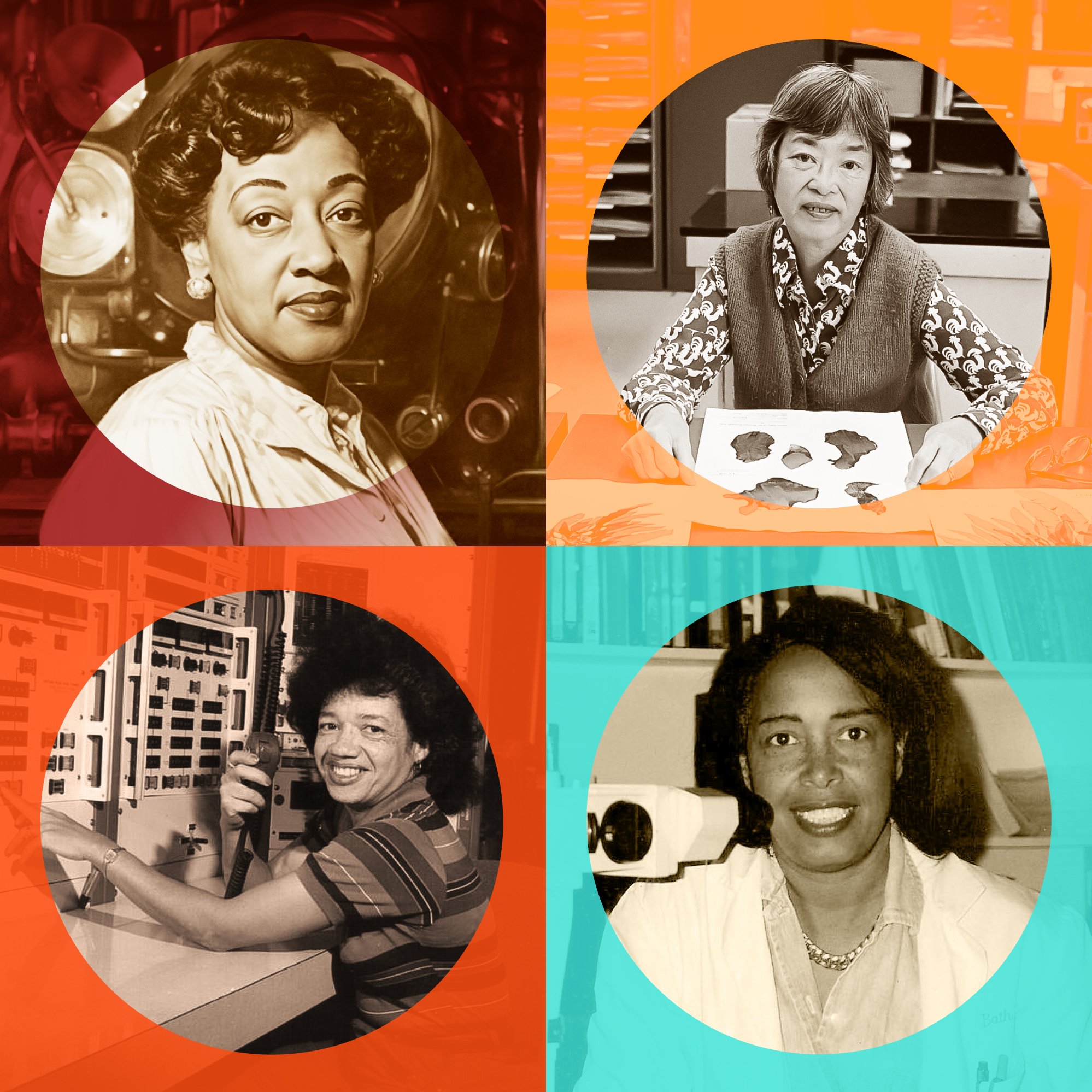Surmounting Barriers: Women of Color in STEM (Part II)
In our last post, we presented four inspiring women of color who surmounted barriers to make essential contributions to science and technology. Introduced by PowHERful ambassador Deshawna Henry at a recent presentation, these women have reason to be better known.
Here, we introduce four more:
Mary Beatrice Kenner
Image source: uniquecoloring.com
Mary Beatrice Kenner (1912–2006) advanced the practical ease of daily life for women by inventing an adjustable sanitary belt with a moisture-proof napkin pocket—a precursor to modern sanitary products. A company approached Kenner to market the product, but when they discovered she was African American, they made an about-face; her patent expired before she could profit from it. Nonetheless, Kenner has five patents to her name for household and personal creations. Her work exemplifies the intersection of innovation and the fight against racial discrimination.
Isabella Aiona Abbott
Image source: Chuck Painter, Hopkins Marine Center
Isabella Aiona Abbott (1919–2010), the first Native Hawaiian woman to earn a PhD in science, navigated barriers of racism and sexism to make a lasting impact on ethnobotany, the study of the interaction of humans and plants. Abbott was influenced by her mother, who introduced her to the diversity of Hawaii's native plants, particularly edible Hawaiian seaweeds. Considered the foremost authority on the algae of the Pacific Ocean basin, Abbott is credited with discovering over 200 species of marine flora and for meticulously cataloging cultural uses of Hawaiian medicinal plants and limu (edible plants living underwater).
Dr. Patricia Bath
Image source: Patricia E. Bath, M.D., National Institutes of Health
Dr. Patricia Bath (1942-2019), an ophthalmologist and innovative research scientist, shattered glass ceilings as the first African American to complete a residency in ophthalmology and as the first Black female doctor to secure a medical patent. She invented the Laserphaco Probe, revolutionizing the treatment of cataracts and restoring sight to patients who had been blind for decades. In her work and advocacy, Dr. Bath devoted herself to preventing, treating, and curing blindness.
Christine Darden
Image source: NASA
Christine Darden (1942, age 81), began a career at NASA as a mathematician and data analyst in their computer pool. In 1989, Darden took an engineering position and was appointed leader of the Sonic Boom Team to focus on technologies to decrease the adverse effects of sonic booms—in particular, noise pollution and the depletion of the ozone layer. Darden advanced in management and became the first African-American woman at Langley to be promoted to the top rank in the federal civil service. Her pioneering career spanned the civil rights movement, the Space Race, the Cold War, and the push for gender equality.
After she presented notable innovators in science and technology—all women of color—PowHERful Ambassador Deshawna Henry related her own story. “My journey to becoming a scientist was deeply influenced by my late mother, a dedicated nurse. The heart-wrenching loss of my little sister, Nimali Henry, to police brutality in Louisiana marked a pivotal moment in my life. In the wake of this tragedy, and after experiencing homelessness and dropping out of community college, my path seemed uncertain. But Soledad O’Brien and the PowHERful Foundation extended a life-changing opportunity to me, a scholarship that allowed me to resume my education. Embracing this chance, I decided to pivot from nursing to a field where I discovered an unexpected passion—computer science.” Deshawna is now a DevSecOps professional and engineer at IBM. Like the women whose stories she presented, Deshawna shines as an example of what we can attain if we do not let ourselves be deterred but recognize our gifts, pursue our interests, and see how far they can take us.





